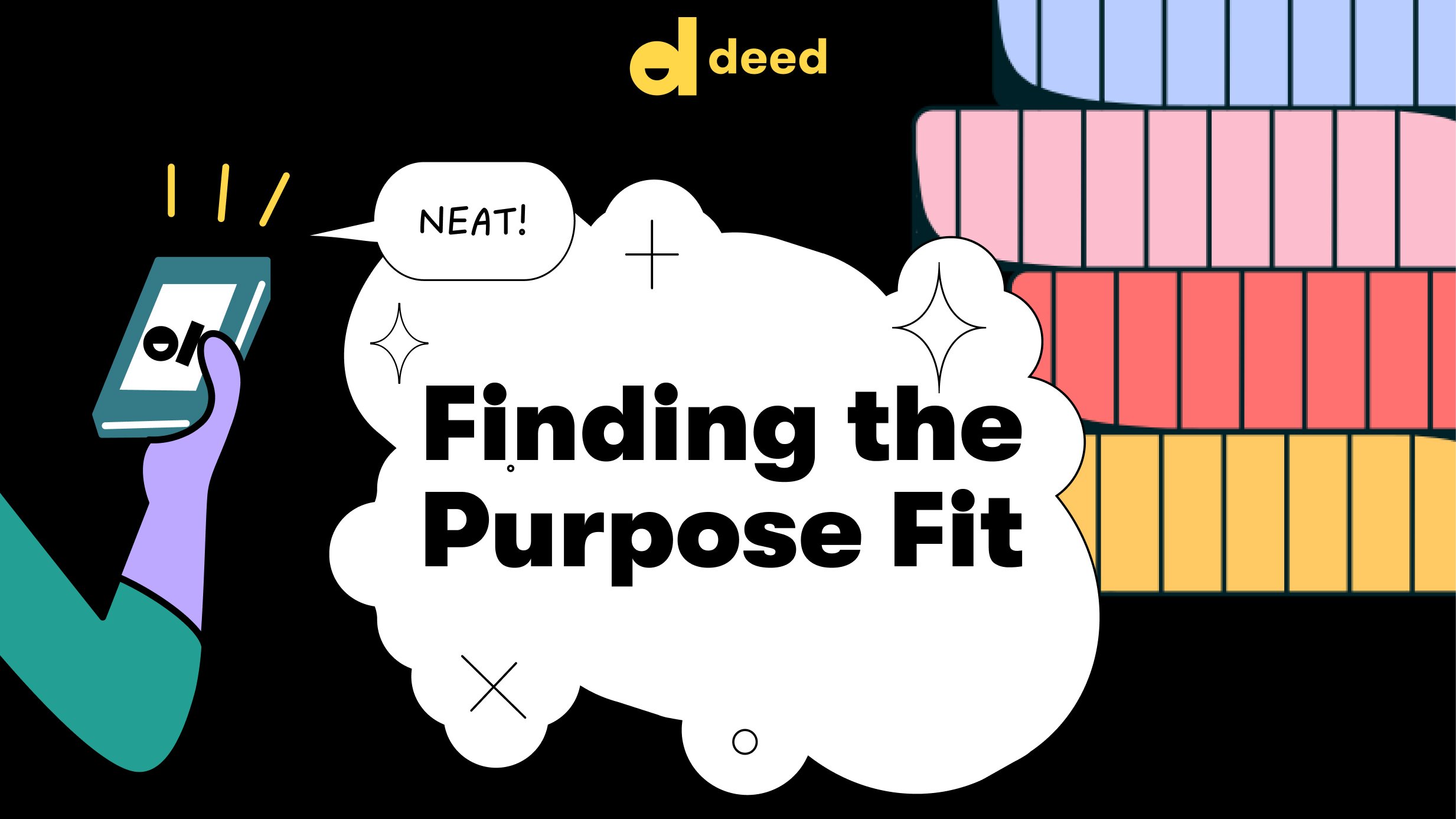Finding the Purpose Fit: 6 Questions with Michael Rittersbacher
The Disney, Coca-Cola, & Google ESG veteran shares his insight into reporting, employee engagement, and the future of responsible business.
Introduction
Last year, the United States Securities and Exchange Commission (SEC) unveiled a plan to ask both companies and investment funds to better communicate what they are doing and selling as environmental, social, and corporate governance (ESG). The reason? Experts say there are at least 600 ESG reporting frameworks on the market today, creating a general atmosphere of inconsistency that the government worries is confusing investors and preventing companies from understanding how their ESG efforts compare across their respective industries.
That’s a problem for social impact leads who are trying to convince their leadership to prioritize their programs. But it’s also a problem for employees—current and prospective—who want to see exactly how much progress their organization is making toward its ESG goals.
But this issue is bigger than the SEC’s new reporting requirements. For years, organizations have been trying to figure out how to make purpose a deeper, more fundamental part of work life, and reporting on ESG and employee engagement is just one piece of the puzzle.
Welcome back to “Finding the Purpose Fit,” my series demystifying corporate social responsibility (CSR). For social impact managers who need to break down big, ambitious goals into practical strategies, I’ll try to distill the hundreds—if not thousands—of conversations I’ve had with countless purpose-driven folks over the years into concrete, actionable insights you can use to figure out what’s next for your program.
In this installment, I wanted to know how organizations are navigating the new ESG reporting rules while continuing to engage employees in the process. So I went to the cutting edge.
Michael Rittersbacher is the founder of CSR Innovations, with nearly 30 years in CSR/sustainability program development, management, and operations experience with some of the world’s most recognizable brands, including The Walt Disney Company, Coca-Cola, Google, and Snapchat. Fortunately, he’s also a friend.
Michael and I sat down for a focused, high-level rundown on employee engagement in ESG, and what’s next for social impact.
This interview has been edited for length and clarity.
6 Questions with Michael Rittersbacher
Chad Haertling (CH): Hi Michael, thanks for joining me. Just to put this conversation in the right context, can you tell me more about your work?
Michael Rittersbacher (MR): Appreciate the opportunity, Chad. My work focuses on the intersection of ESG reporting and employee engagement. One of my areas of expertise is guiding companies on their materiality assessments and from that work, I support companies in their efforts to set ESG goals and to drive transparency. Another area of focus is supporting their strategy development for corporate giving, volunteering and diversity/inclusion.
“There will always be a need to highlight the social aspect of ESG.”
CH: There are hundreds of ESG reporting frameworks on the market today. As you know, that means an organization can pick and choose which framework flatters their work best. That’s not necessarily a bad thing since it means that if one organization is making huge strides toward their Net Zero commitment, for example, then that work is recognized. However, the broader result is that our industry lacks a high standard of consistency and comparability across the “E,” the “S,” and the “G,” preventing stakeholders on the inside and outside of our organizations from knowing exactly how one organization stacks up against another.
My question for you: What do you think is the future of ESG reporting, specifically when it comes to social impact?
MR: From my perspective, the driving force for ESG reporting will continue to be the social investment community and the increasing importance of employees’ drive for change. Increasing transparency of issues and the strategies to address them will make frameworks less of an issue vs actual goals/accomplishments that are being reported publicly.
Unfortunately, there will always be social needs that employees want their companies to address (pandemics, disasters, social injustice), so there will always be a need to highlight the social aspect of ESG.
“Frankly, I think we are facing a unique cultural challenge in the gap between the current and future leaders in corporations.”
CH: It sounds like you see the “S” as the biggest opportunity here. What has stopped the many social impact leaders working today from seizing it? What challenges do social impact leaders face today?
MR: That’s right.
The main challenge is the feeling that it is an insurmountable task to address social issues. Often the leaders driving the work don’t understand what motivates their workforce from a social perspective. It is also a major challenge for social impact leaders to sell programs/strategy to leadership without a fundamental understanding of what will drive engagement which is key to success.
Frankly, I think we are facing a unique cultural challenge in the gap between the current and future leaders in corporations.
CH: So there’s an opportunity for more leadership involvement on the “S.” What about employees? What do you find employees are most excited about? Are social impact leaders doing enough to educate and bring their employees into the ESG conversation?
MR: For most employees, it is either the Environment and Social aspect of ESG that drives engagement.
That said, the Social aspect is the easiest to implement as it can be addressed in smaller and more impactful activities. Many employees seem to assume that the Governance aspect is part of company operations—in other words, it is part of the core work of an organization. For the Environment, carbon offsets and net zero goals make great sound bites but without significant operational changes and data tracking, their true impact is hard to measure.
Even with employees’ increasing awareness of ESG, there is always more work to do to educate employees. This is a great example of how Deed can support efforts to raise awareness.
“One of the strengths of Deed vs. the competitors is a unique understanding of the importance of engaging with employees in a way that aligns with how they consume information.”
CH: Let’s drill down on the employee engagement piece. In your experience, what does a large enterprise have to gain from a digital social impact platform?
MR: It is important for all companies to recruit and retain the best talent. In the past few years, many employees are rethinking how/where they work and increasing both employee engagement and pride in your workplace is key to accomplishing that goal. Most of the new workforce live in a digital world and they respond more effectively to social impact programs on a digital platform. One of the strengths of Deed vs the competitors is a unique understanding of the importance of engaging with employees in a way that aligns with how they consume information.
“You need to continuously strive to understand the value proposition of social impact.”
CH: When I think about retention, I think of younger millennial and Gen Z workers who are stepping into social impact leadership roles. What’s the best piece of advice you have for the next generation of social impact leaders?
MR: They need to continuously strive to understand the value proposition of social impact which will allow them to drive the work within their organization.
Also, recognize that they can never sell the work with a one-size-fits-all approach to communication. Instead, understand their audience and adjust their approach based on how leadership and employees will receive and understand the value of social impact.
The takeaway
As social impact leaders face the new headwinds of ESG reporting requirements, putting people first in every aspect of our programs—from getting folks involved to improving the lives of members of our communities—will be crucial.
Take it from Michael Rittersbacher: “So many companies want to recruit and retain the best talent but it is hard to compete unless you continually drive engagement.”
“Finding the Purpose Fit” has three main objectives, each of which is meant to help CSR practitioners. I hope to:
- Bring greater clarity to the day-to-day work of CSR
- Help make the business case for social impact across as many departments as possible
- Show how even unexpected teams can collaborate more closely with each other to do good deeds
In tandem with both our “Social Impact Storytelling” series and Vantage, our monthly newsletter on the future of responsible business (subscribe now), “Finding the Purpose Fit” is part of Deed’s effort to speak to the full breadth and depth of problems facing social impact leaders today.
One more thing: How to increase employee engagement in social impact
If Michael’s insights have gotten you thinking about how to involve your employees in social impact, then you should know that Deed’s platform is specifically designed for enthusiastic engagement.
Deed has helped Fortune 500s from Airbnb to Lululemon scale their social and environmental impact, and we’d love to show you how our design-forward platform and dedicated partner success team can revitalize your organization’s social impact by getting your employees excited to participate.
We try to take a hands-on approach from the very beginning of your journey with us, so please feel free to reach out on LinkedIn or book a demo with me today.
Want to get in touch with Michael Rittersbacher? Write to mrittersbacher [at] gmail [dot] com.


